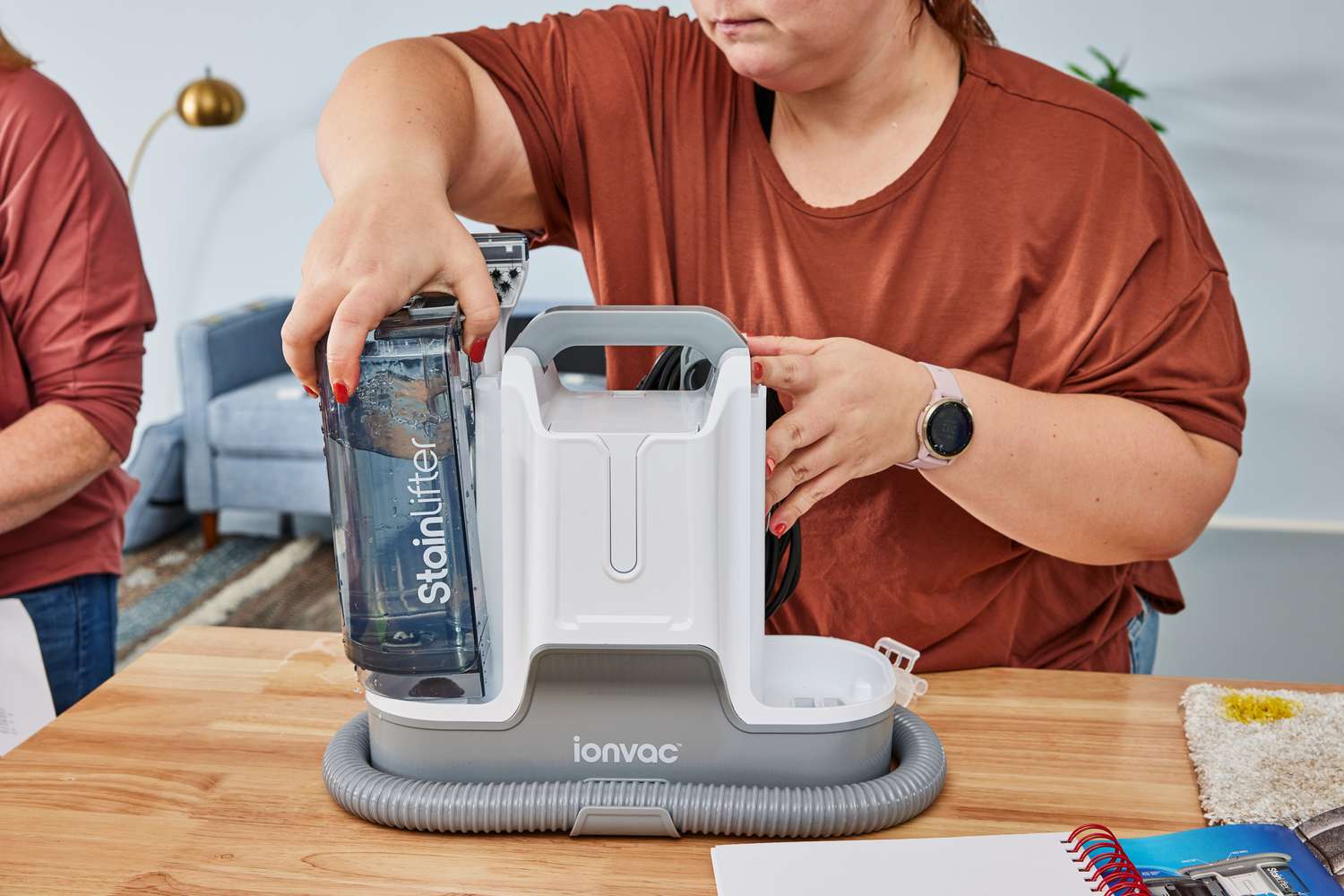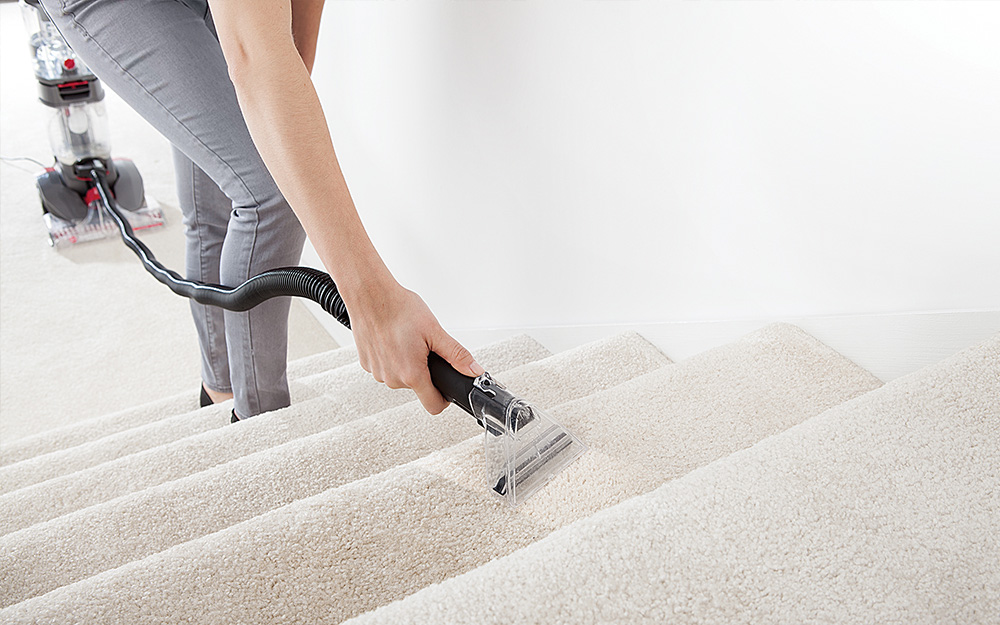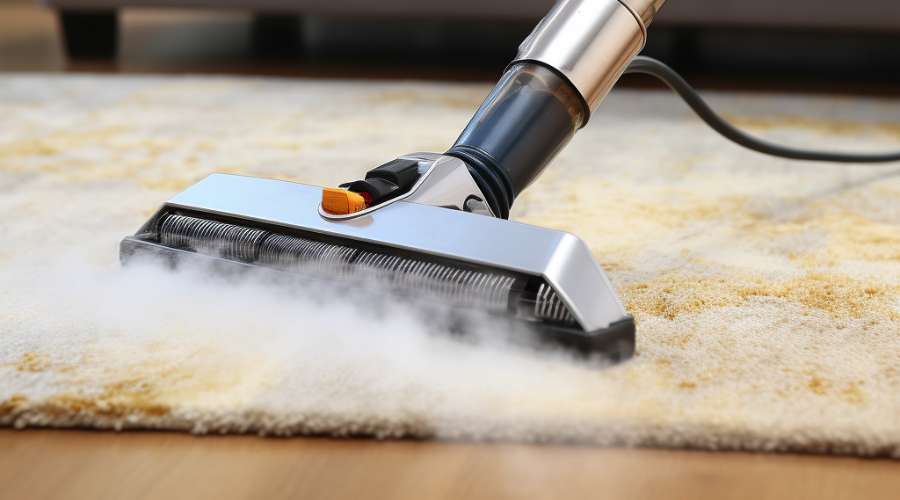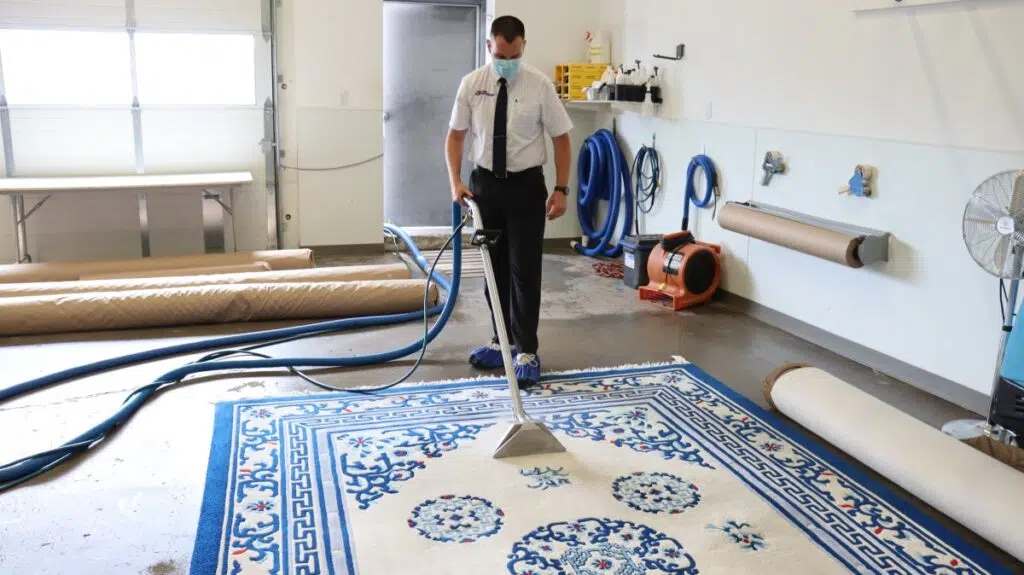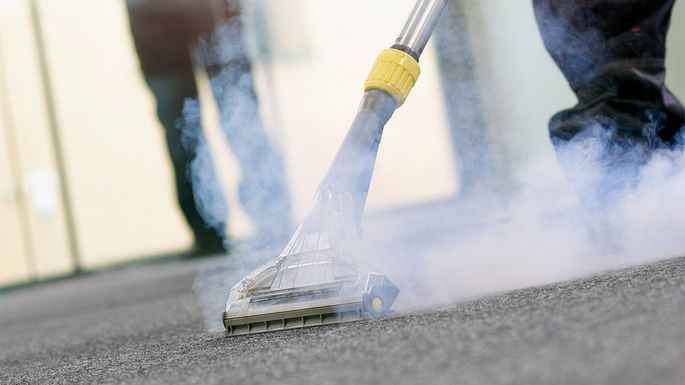Ever since Covid-19 showed up, we’ve had to deal with a very harsh reality check that we were avoiding for the longest of time now. We had gotten lazy when it came to cleaning up, our hygiene was at an all-time low and no matter how you spin it, the pandemic definitely helped us realize this.
It all started when we realized the fact that the hospital conditions weren’t enough to prevent the spread of Covid, and just like that more and more people got infected for no reason other than just that we weren’t ready to handle such a wide scale pandemic.
As we continued to adapt to this pandemic-run world, we also managed to help mitigate the threat of HAIs by quite a lot. HAIs were the cause of more than 277,000 deaths every year, but thanks to the continuous efforts of the ones in charge, we managed to almost slice that number in half the same year that Covid came out.
So, in this short blog we will be trying our hardest to depict everything else that the pandemic has taught us regarding infection prevention. For better or for worse, while the pandemic has definitely been a devastating wake-up call for many, it was a wake-up call nonetheless, and we’re here to discuss the positive side of things.
Regulations Save Lives
Before Covid-19, we definitely had our own plethora of rules and regulations that we had to abide by, but after the pandemic started a whole new slew of standards came into place which helped diminish the spread of infections tenfold.
For example, we now had the Environment of Care, Life Safety and more to help us through our day. Following those new regulations was the perfect pathway towards saving so many lives, and thankfully our society quickly adopted them and put them to good use.
These are known as external compliance rules and legislations, and while they themselves have helped save a lot of lives, in order to make sure that the spread of the infections is diminished to a halt we also needed to emphasize the idea of internal standards as well.
What this means is that every hospital or nursery has its very own operational standards and regulations while also adhering to the above-mentioned external compliance rules. All in all, we definitely need to thank the ones on top for emphasizing the importance of these regulations because at the end of the day, without them the death toll would have been much higher to say the least.
Best Internal Practices for External Compliance
The main rules that were put into place as soon as chaos started to unfold around the country were the High-profile Cleaning and the Operational Mitigation of Infections Transmission. These internal practices helped sanitize the areas in order to make sure that there were no harmful pathogens for the patients to worry about.
HRC specifically targeted clinical and patient spaces, while OMIT was meant to cover the healthcare-associated infections around the facility.
This latter method implied the usage of disinfectants to make sure that every area was sanitized and that the lobbies, elevators and essentially every area that the patients might have been in, was perfectly clean and disease-free.
HRC also specifically targeted high-touch areas because this is where Covid-19 thrives in. In order to make sure that this was no longer an issue, the hospitals had professional cleaning teams ready to take on these high-touch surfaces every day of the week during peak hours.
Overall, it was a blend of trust and hard work that helped save a lot of lives during Covid-19’s outbreak.
Technology Above All Else
In order to make sure that the spread of infections was stopped altogether, the hospitals quickly realized that the equipment that they had at hand wasn’t good enough for the job. So, in order to make sure that they weren’t putting their patients in any more risk than they already were in, the staff was forced to purchase higher tech equipment that could get the job done properly.
We’re talking about ATP tools, or better known as the adenosine triphosphate luminometer surface measurement method, and multiple other ways that were meant to help eradicate the spread of these harmful pathogens.
We also found out that the following equipment was extremely effective at protecting the lives of the patients and the staff themselves:
- Multi-tower UV-C technology – the reason as to why this was such a success was that it actually optimized the efficiency of the devices, making it so that we could use them in the safest and most effective way possible.
- Electrostatic applications – the best part about electrostatic applications is that it makes the job easier for the cleaner and on top of it all, it also makes it so that anyone could properly sanitize and clean a hard-to-reach surface with a single jet.
- HVAC technology – This was especially important because it helped combat the HAIs spread that essentially caused a lot of people to lose their lives when the pandemic first started out. By simply using this solution, the cleaners were able to take a more holistic approach when it came to completely destroying any airborne or aerosolized viruses.
That is all fascinating to see, because essentially what happened here was that as we saw ourselves at our lowest, completely destroyed by the pandemic that we thought we could easily brush off, and yet we managed to pull ourselves up and adapt to the situation, making it so that we could come out of this wiser and better prepared for any future pandemics.
Hopefully we won’t have to deal with anything else of this sort in the future, but even if we do, chances are that we’ll be a lot more prepared to tackle the issues then than we were when the first wave of Covid-19 took over.
